Pianist and composer Johannes Brahms was born in Hamburg, Germany on May 7, 1833. His father, a musician of modest skill, encouraged his young son to study music. At 20, Brahms asked music critic Robert Schumann to look at some of his work. Schumann immediately understood that Brahms represented something new.
The music of the period was characterized by a rejection of classicism in favor of romantic trends.
Classical form based on systematic cadence had dominated most of the eighteenth century. Romanticism, by contrast, sought melody rich in virtuosity and divergent sound. Brahms reconciled the two forms, uniting discipline and diversity.
Brahms performed his first concert for piano and orchestra in Hanover when he was 25. But his music seemed too sober for the tastes prevalent in the Romantic period. Success came only at age 35, thanks to German Requiem, an opera for orchestra and chorus.
Brahms soon moved to Vienna, the capital of eighteenth-century music. At 43, after a fifteen-year effort, Brahms finally completed one of his most important works, The First Symphony. In its debut, the music was praised for its power. Critics compared Brahms to Ludwig Van Beethoven. Brahms was also the first major composer to record live music. At 56, he agreed to an experimental recording of his first Hungarian Dance.
Brahms died in Vienna on April 3, 1897. He was 63. He left behind more than 150 works for chorus, orchestra, organ, piano, and other instruments. In 1994, the Hungarian Dance recording was restored at Stanford University. The static was cut out, and Johannes Brahms played live again more than a century after his death.
The music of the period was characterized by a rejection of classicism in favor of romantic trends.
Classical form based on systematic cadence had dominated most of the eighteenth century. Romanticism, by contrast, sought melody rich in virtuosity and divergent sound. Brahms reconciled the two forms, uniting discipline and diversity.
Brahms performed his first concert for piano and orchestra in Hanover when he was 25. But his music seemed too sober for the tastes prevalent in the Romantic period. Success came only at age 35, thanks to German Requiem, an opera for orchestra and chorus.
Brahms soon moved to Vienna, the capital of eighteenth-century music. At 43, after a fifteen-year effort, Brahms finally completed one of his most important works, The First Symphony. In its debut, the music was praised for its power. Critics compared Brahms to Ludwig Van Beethoven. Brahms was also the first major composer to record live music. At 56, he agreed to an experimental recording of his first Hungarian Dance.
Brahms died in Vienna on April 3, 1897. He was 63. He left behind more than 150 works for chorus, orchestra, organ, piano, and other instruments. In 1994, the Hungarian Dance recording was restored at Stanford University. The static was cut out, and Johannes Brahms played live again more than a century after his death.
RELATED
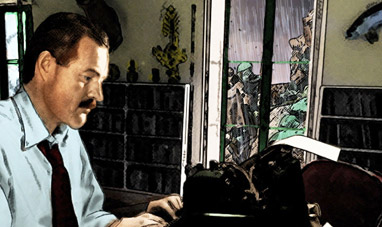

ERNEST HEMINGWAY


ALESSANDRO MANZONI


LYSIPPOS
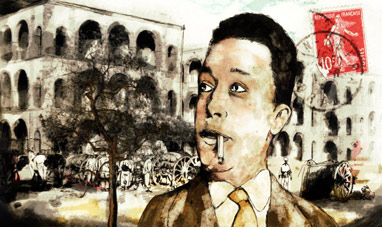

ALBERT CAMUS


JOHN CONSTABLE


PIERRE AUGUSTE RENOIR


FRANCESCO BORROMINI
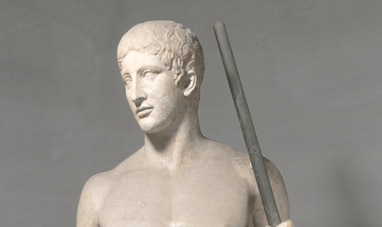

POLYCLEITUS


MICHELANGELO PISTOLETTO


GIULIO PAOLINI
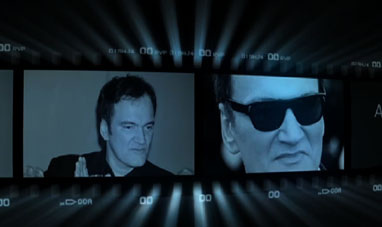

QUENTIN TARANTINO


EUGÈNE VIOLET-LE-DUC
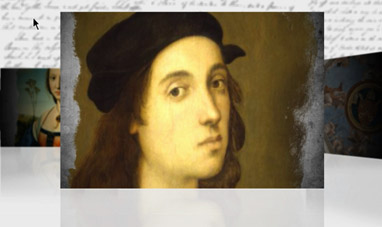

RAPHAEL


FRANCIS SCOTT FITZGERALD


JEAN AUGUSTE DOMINIQUE INGRES


GIUSEPPE PENONE


EUGENIO MONTALE
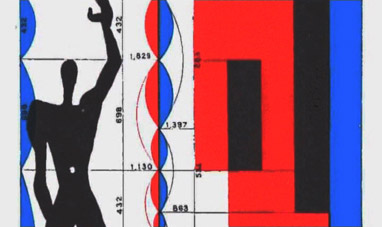

LE CORBUSIER
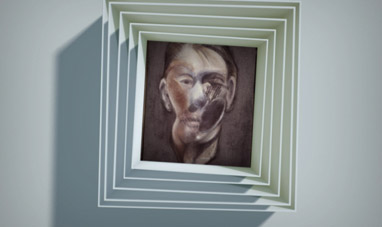

FRANCIS BACON
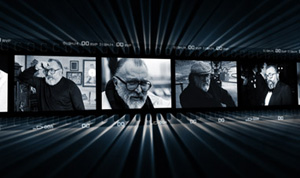

SERGIO LEONE
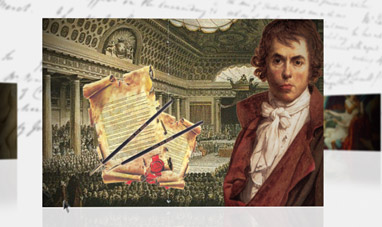

JACQUES LOUIS DAVID
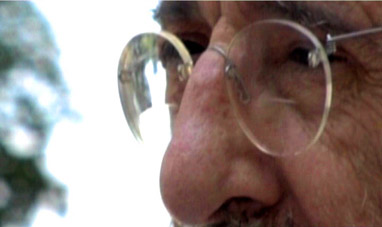

ÁLVARO SIZA VIEIRA


GIAN MARIA VOLONTÉ
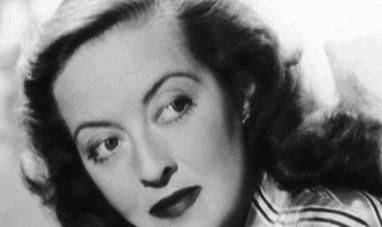

BETTE DAVIS


FRANK LLOYD WRIGHT


GABRIELE SALVATORES
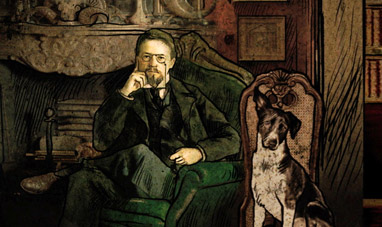

ANTON CHEKHOV
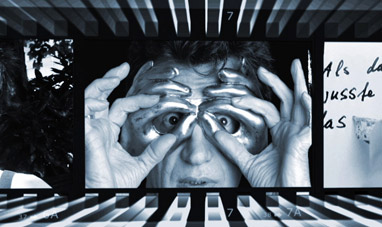

WIM WENDERS
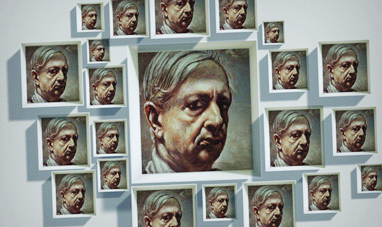

GIORGIO DE CHIRICO
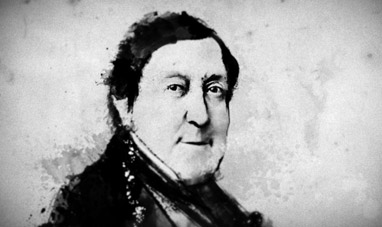

GIOACCHINO ROSSINI


LEON BATTISTA ALBERTI


BERTEL THORVALDSEN
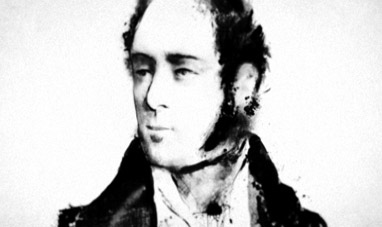

VINCENZO BELLINI


BRUCE CHATWIN


RUDOLF NUREYEV
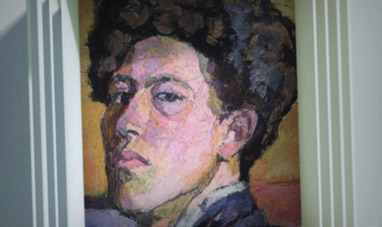

ALBERTO GIACOMETTI
